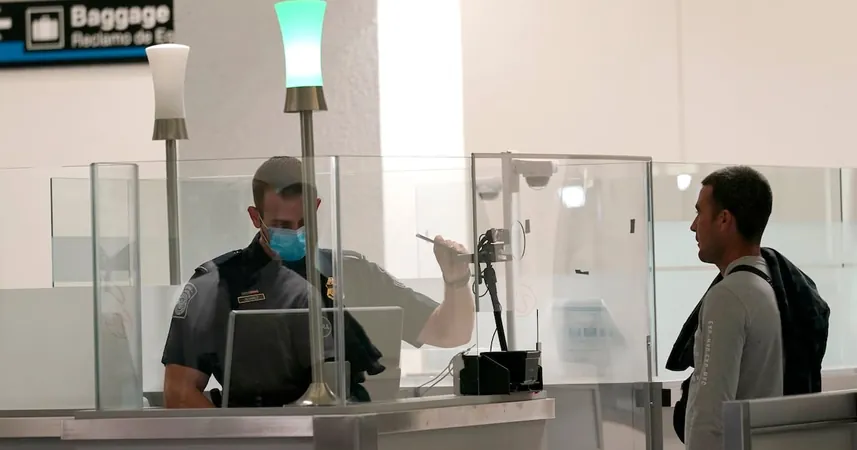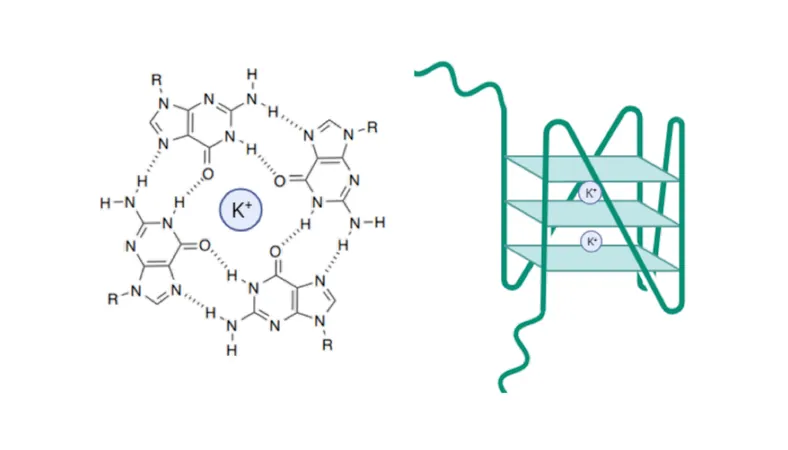
The Mystery of Legionnaires’ Disease: Why Outbreaks Are a Tough Puzzle to Solve
2025-09-04
Author: Jacques
Understanding the Recent Legionnaires' Outbreak in London, Ontario
In a startling case, a legionnaires' disease outbreak in London, Ontario has claimed four lives and left around 100 others grappling with illness. Months of painstaking detective work, including mapping cases and analyzing numerous locations, finally pointed health officials to the cooling towers of a local meat-processing plant as the likely source.
The Challenges of Tracing the Source of Legionnaires’ Disease
The complexity of tracking legionnaires' outbreaks stems from several factors. Unlike foodborne illnesses, where exposure is often centralized, legionella bacteria can spread invisibly through the air from different places. Dr. Joanne Kearon from the Middlesex-London Health Unit reveals that no source is identifiable in nearly 50% of outbreaks, resulting in many using the air as their primary pathway of infection.
Legionella: A Bacteria Found in Ordinary Places
Legionella bacteria lurk in freshwater systems, such as lakes and streams, and are typically harmless until they find a breeding ground in human-made environments like cooling towers, water tanks, and even hot tubs. Once the bacteria enter the air through misting or aerosols, they can infect unsuspecting individuals.
Symptoms and Risks of Legionnaires' Disease
For most, legionnaires' disease manifests as a severe respiratory illness, often mistaken for pneumonia. While some might experience mild symptoms like fever and headache, those with weakened immune systems may find themselves in dire straits, sometimes landing in intensive care. Symptoms include shortness of breath, persistent cough, fever, and muscle aches.
Cooling Towers: A Known Culprit
In past outbreaks across North America, sources included hot tubs and even decorative fountains; however, cooling towers have frequently been identified as the primary culprits. These systems can create aerosols that spread legionella bacteria over long distances. Research shows that pathogens can travel up to six kilometers away, complicating outbreak investigations even further.
The Difficulty of Identifying the Source
When trying to pinpoint the latest outbreak in London, officials faced a daunting task, as numerous cooling towers crowded the landscape. The search was so intricate that officials described it as attempting to find a needle in a haystack, as they systematically scoured the city to identify potential sources. With a lack of centralized records on cooling tower locations, inspectors hit the streets to uncover potential sites.
Disinfection Challenges
Once an outbreak is declared, many building owners rush to disinfect their cooling systems, often masking the problem temporarily. However, routine chemical disinfection alone is insufficient. Bacteria can form a resistant biofilm, necessitating rigorous cleaning efforts to ensure that the system is free of harmful bacteria.
What Happens in the Lab?
During the investigation, the Public Health Ontario laboratory faced a formidable task—comparing bacteria samples from the environment with those making individuals sick. Experts emphasize the importance of matching these samples genetically to confirm the exact source of the outbreak. This meticulous process can take weeks, prolonging uncertainty for affected communities.
Conclusion: The Ongoing Hunt for Answers
After extensive testing in London, health authorities confirmed a match in late August, taking steps to disinfect the implicated meat-processing plant's cooling towers. As questions linger regarding accountability, including potential lawsuits against businesses involved in outbreaks, the battle against legionnaires' disease continues. Each outbreak underscores the need for vigilance and efficient tracking in the face of this elusive enemy.









 Brasil (PT)
Brasil (PT)
 Canada (EN)
Canada (EN)
 Chile (ES)
Chile (ES)
 Česko (CS)
Česko (CS)
 대한민국 (KO)
대한민국 (KO)
 España (ES)
España (ES)
 France (FR)
France (FR)
 Hong Kong (EN)
Hong Kong (EN)
 Italia (IT)
Italia (IT)
 日本 (JA)
日本 (JA)
 Magyarország (HU)
Magyarország (HU)
 Norge (NO)
Norge (NO)
 Polska (PL)
Polska (PL)
 Schweiz (DE)
Schweiz (DE)
 Singapore (EN)
Singapore (EN)
 Sverige (SV)
Sverige (SV)
 Suomi (FI)
Suomi (FI)
 Türkiye (TR)
Türkiye (TR)
 الإمارات العربية المتحدة (AR)
الإمارات العربية المتحدة (AR)